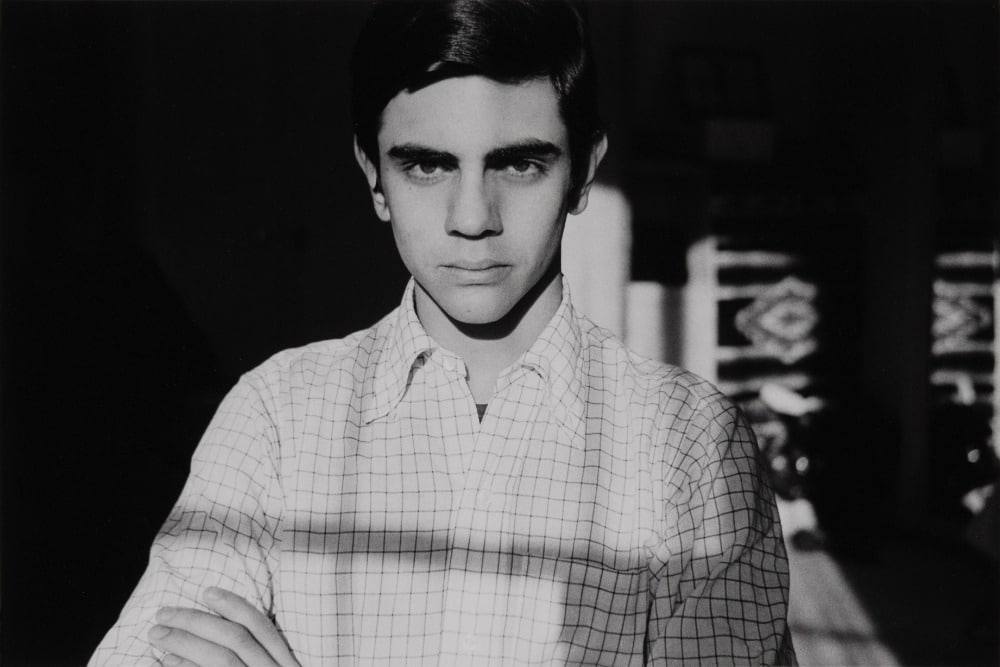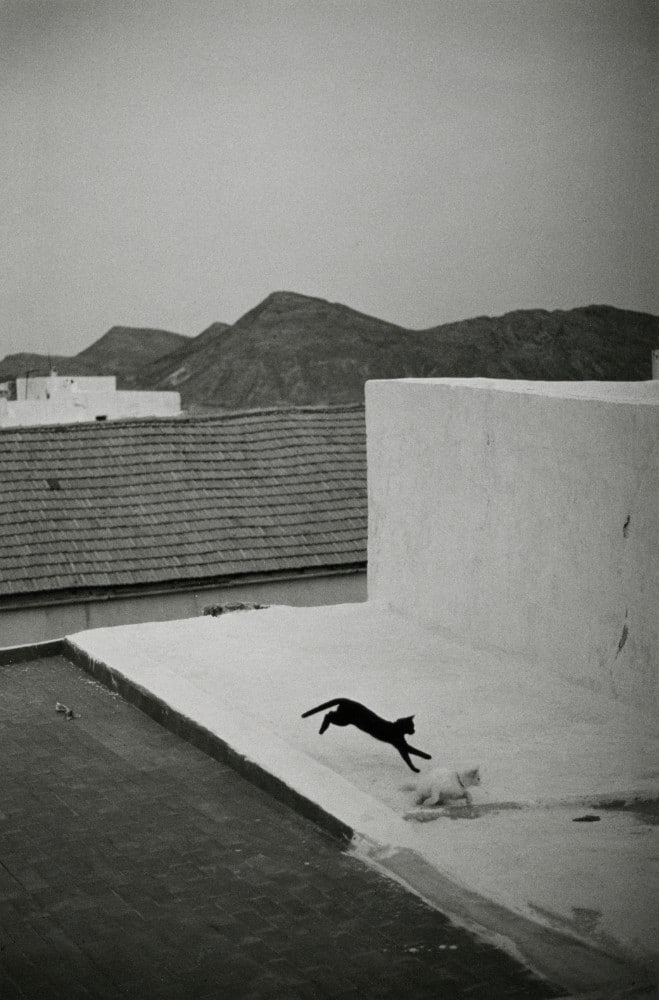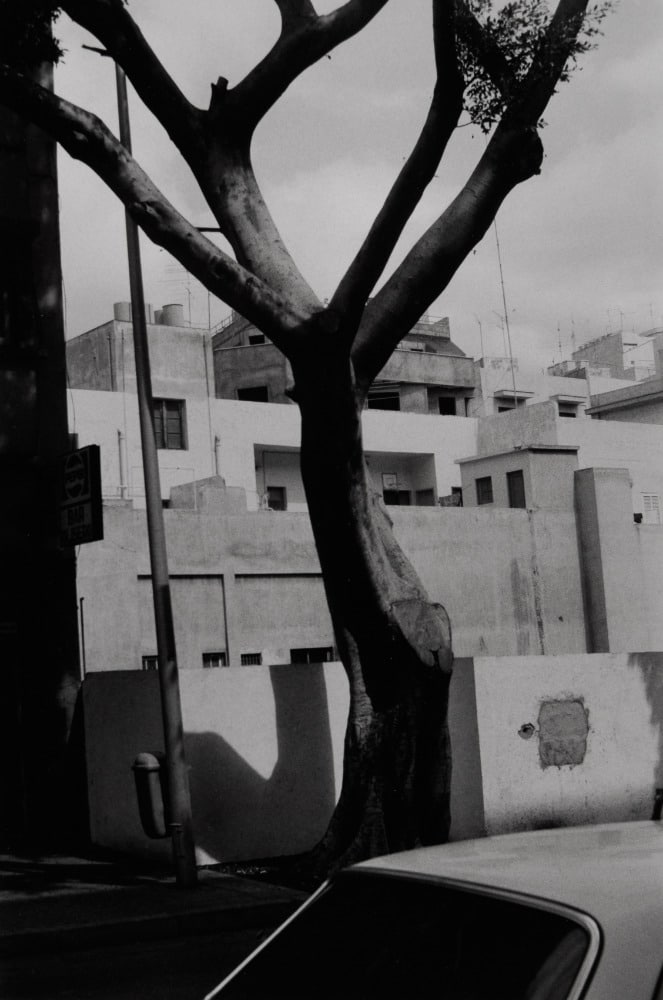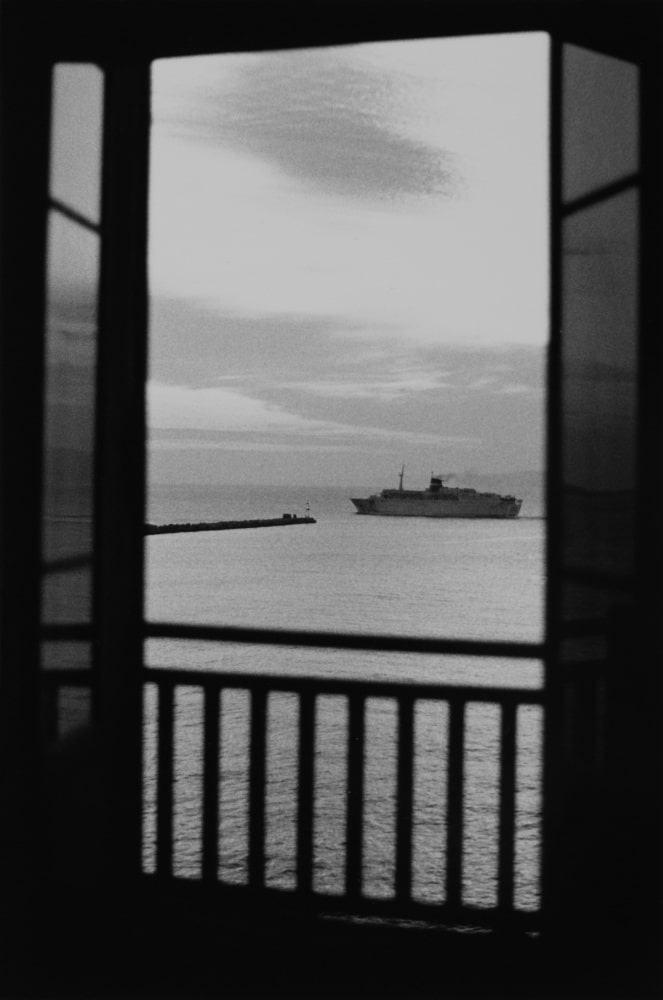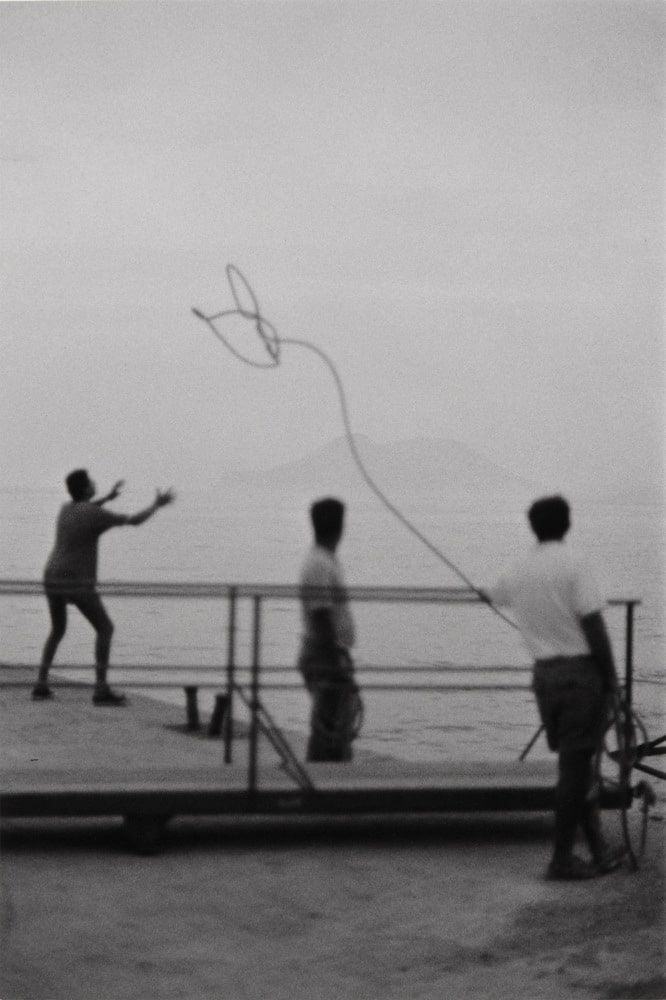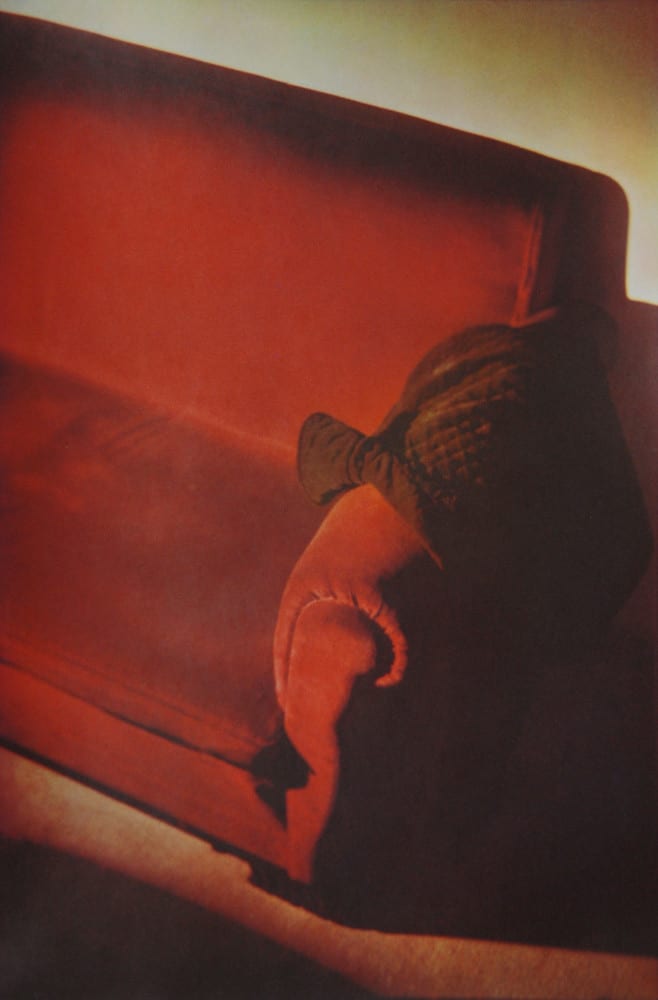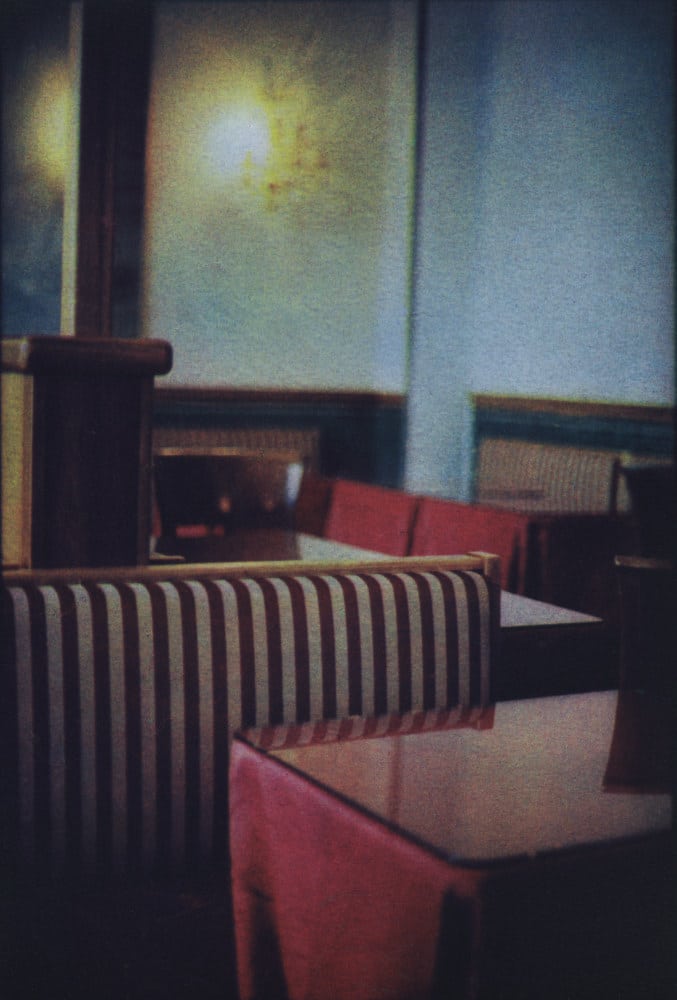When Bernard Plossu arrived in Mexico in 1965 at the age of 20, he had received no photographic training. He had heard of neither Robert Frank nor Henri Cartier-Bresson, and his only visual culture came from comic strips and popular press magazines such as Paris Match and Jours de France. Little did he know that he was about to embark on a journey that would not only change his life, but also inspire a photographic manifesto that would leave an indelible mark on the history of photography.
As a teenager, Bernard Plossu was rocked by Miles Davis and Elvis Presley, and often skipped school to spend afternoons at the Cinémathèque de Paris, where he discovered the films of Mizoguchi, Dreyer, Buñuel, Bergman and Truffaut; it was there that he took his first photos of his girlfriend Michèle, “even more beautiful than the actresses on the screen”. When he failed his baccalauréat, he decided to leave the comfort of his bourgeois family and move to Mexico to live with his maternal grandparents, who had emigrated from Indochina. There, he began studying philosophy, which he abandoned a few weeks later to embrace the bohemian life: he befriended local beatniks and backpackers, smoked pot and sympathized with the opposition to the Vietnam War. Bill Coleman, an activist and member of the Students for a Democratic Society, became his mentor and guide after the two young men meet at university. In the zeitgeist between the end of beat culture and the rise of the hippie movement, the duo hit the road and embarked on a nomadic life, traveling by foot, hitchhiking and bus.
At the wheel of a beat-up old Pontiac with Coleman, or in Crazy George’s Volkswagen convertible, they slept from beach to beach, making new friends along the way – Laurie, Karina, Juan the Puerto Rican poet, Roger and his (still stoned) ukulele. They traveled from San Miguel de Allende to San Cristóbal de Las Casas, via Guanajuato and Oaxaca, and celebrated New Year’s Eve on Zipolite beach in Puerto Ángel. Equipped with a Kodak Retina, Bernard Plossu criss-crossed Mexico for almost a year and a half. He photographed intuitively, capturing fleeting moments of grace, “just like that, without any particular reason, to live the experience, the present moment”.
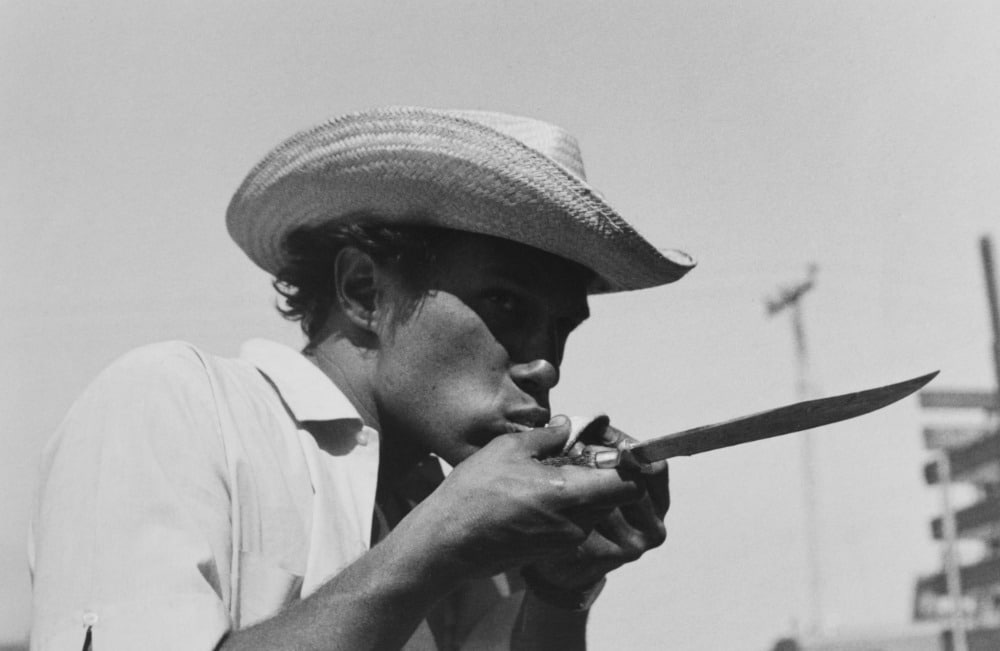
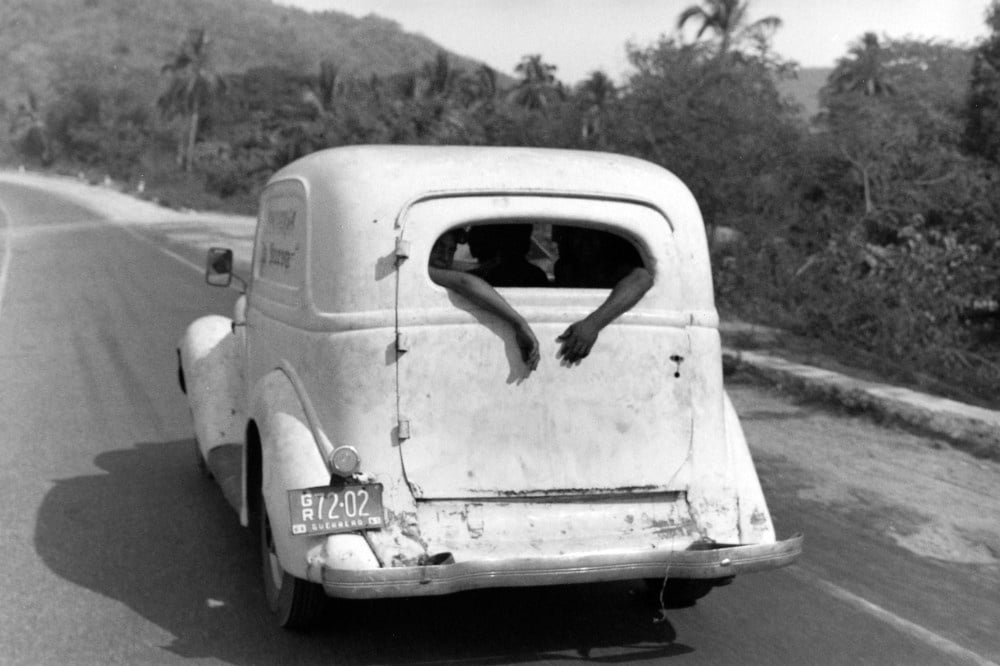
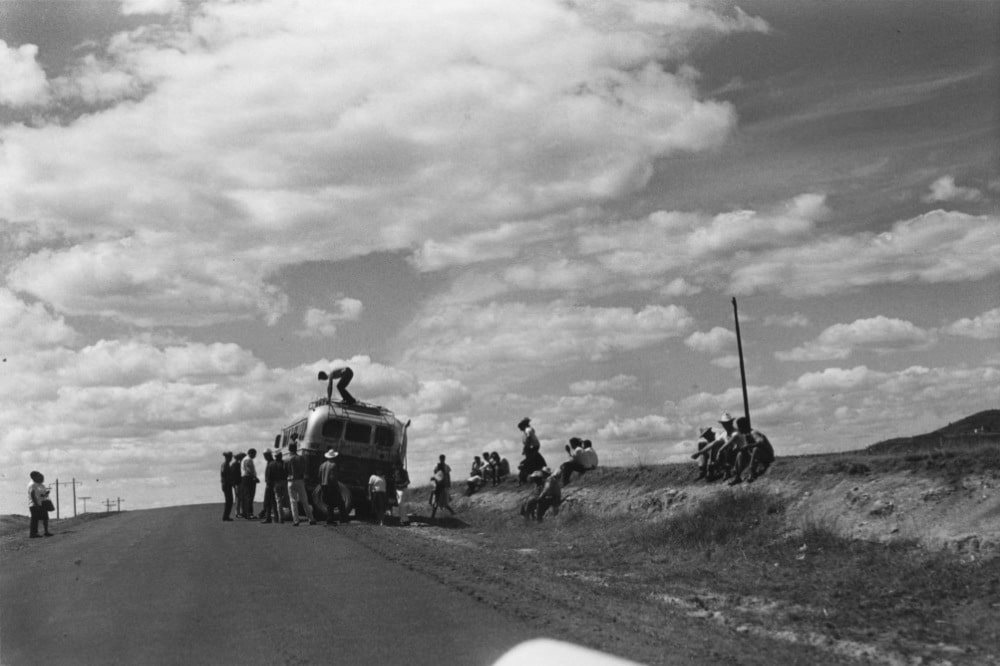
It was during this voyage of initiation that he discovered his future major themes: friends, the road, wandering, sensuality, freedom, “that connivance, that ideal familiarity” he was able to establish with the people he met and the places he passed through. He found poetry in the most ordinary situations, which he captured on the fly without concern for framing, focus or light: his traveling companions dozing in the back of a car, a woman in her wedding dress, his girlfriend’s knees caught under a skirt as she crouches, arms flailing in a car window… From the start, he was passionately in love with Mexico, which gave him the impression of experiencing On the road without reading Kerouac. Along the way, he joined an ethnographic expedition and spent three months photographing the wild jungles of Chiapas, near the Guatemalan border.
Bernard Plossu’s visual chronicles reflect a rare photographic freedom, an almost childlike sense of wonder at a place where anything seems possible. Ten years later, he published a small travel diary of some sixty images, Le voyage mexicain (The Mexican Journeyà, which became a bible for a whole generation of photographers. “A lot of young people tell me they’ve traveled with this book in their pocket, considering it a reference,” he says, “but it’s not an art book about Mexico; rather, it’s a book about being twenty and going anywhere, doing anything.”
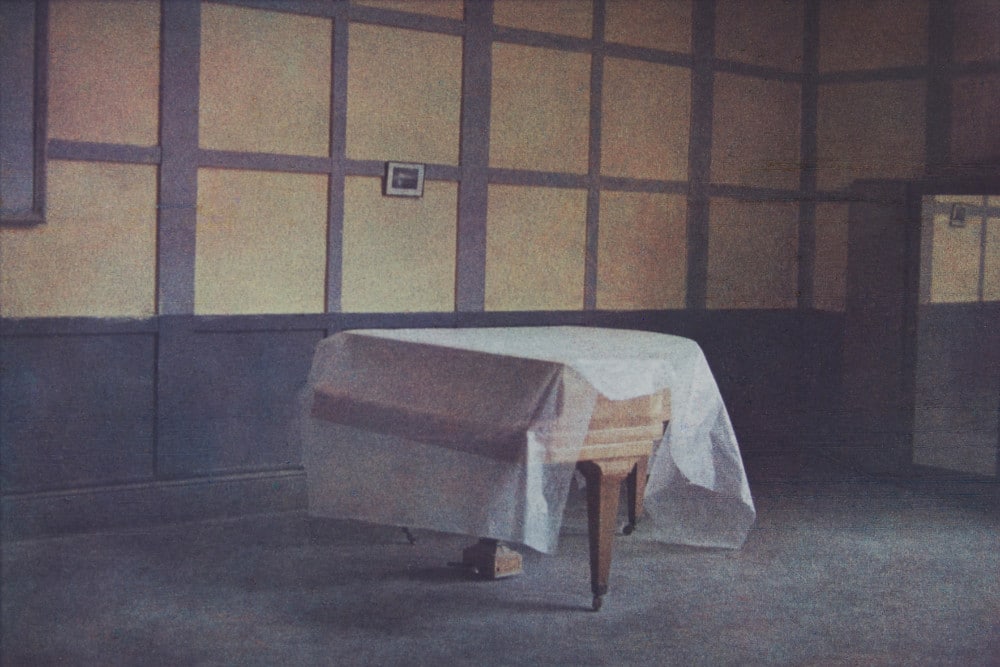
The book devoted to Bernard Plossu published by Actes Sud is available for purchase the book for €14.50. Click here.
The “Bernard Plossu, Rétrospective” exhibition can be seen at the Camera Obscura gallery, Paris, from June 7 to July 27, 2024.
Another exhibition, « Bernard Plossu, Fresson », is also on view at the festival in La Gacilly, France, from June 21 to November 2024.
